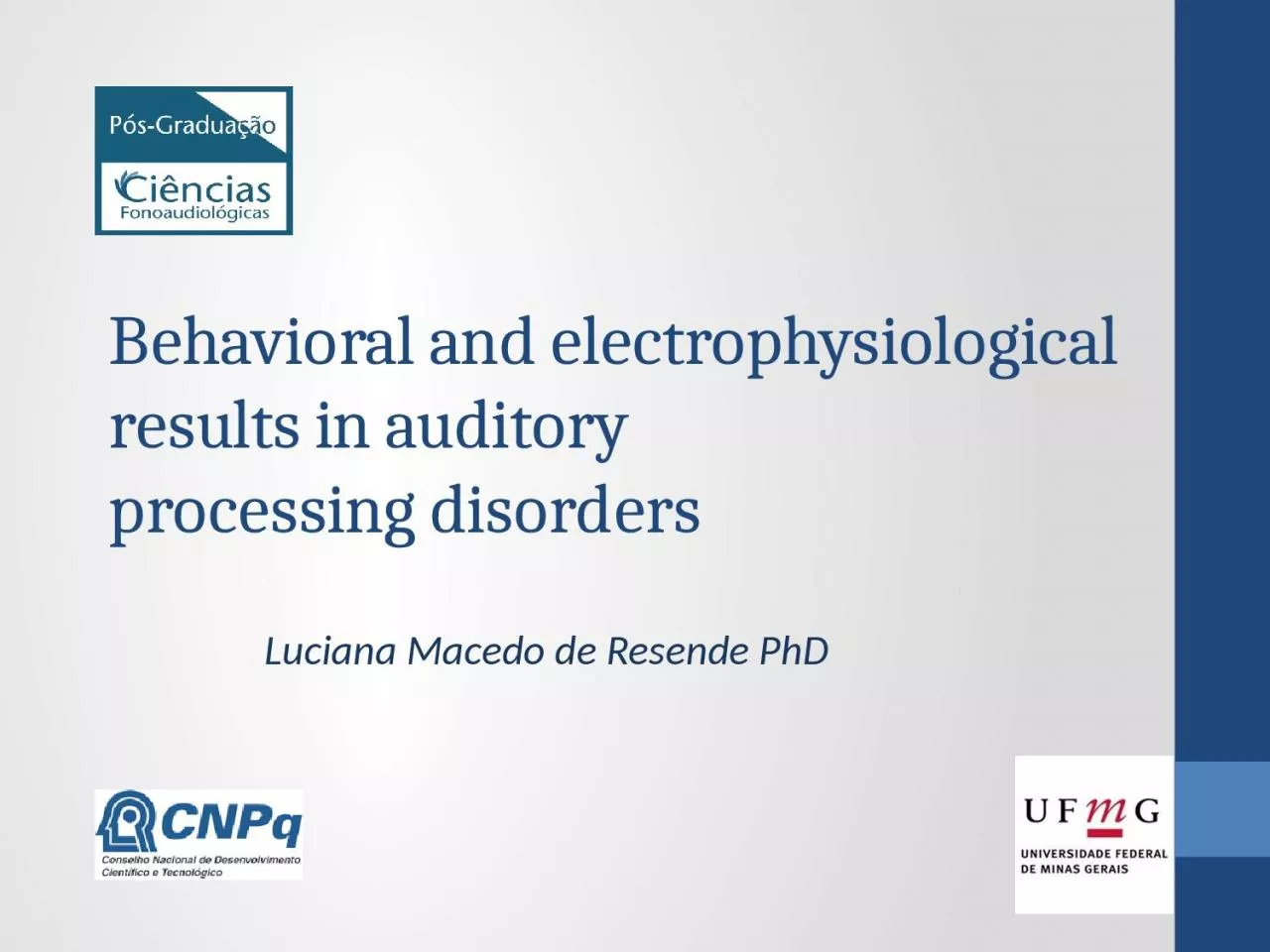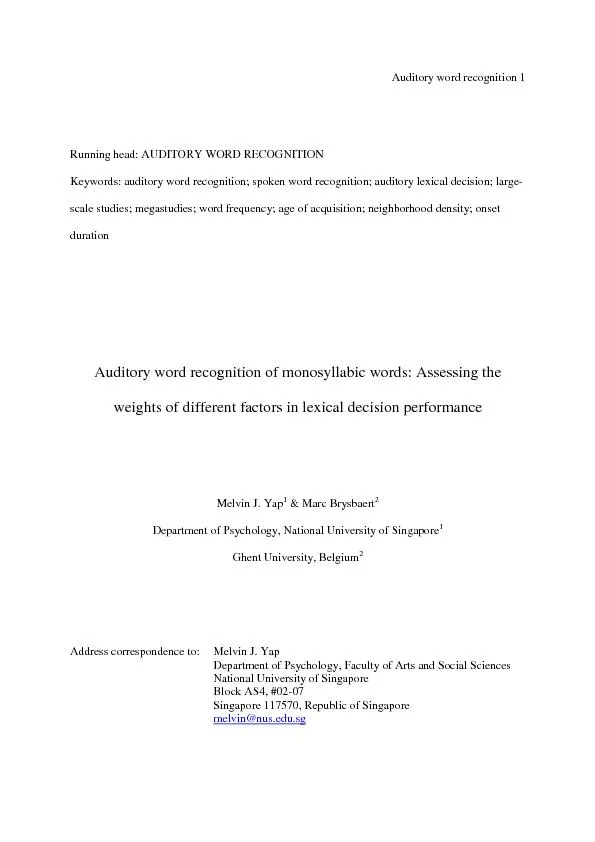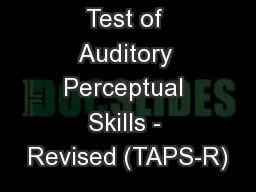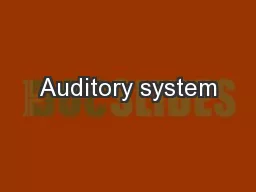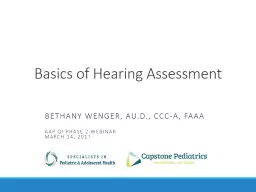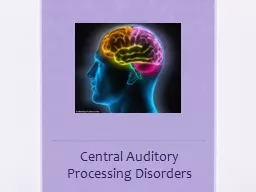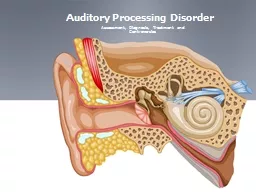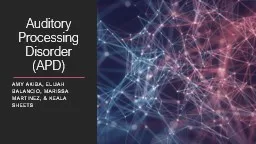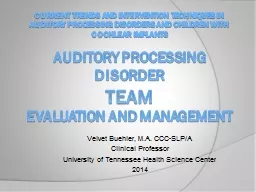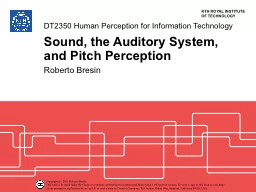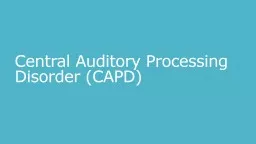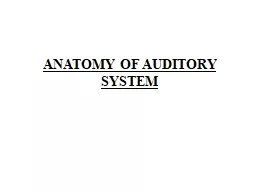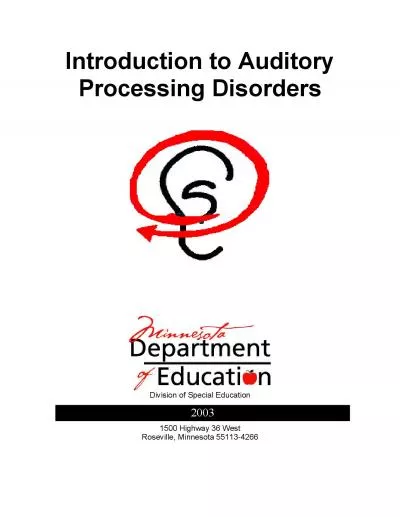PPT-Behavioral and electrophysiological results in auditory
Author : mia | Published Date : 2022-06-08
processing disorders Luciana Macedo de Resende PhD Auditory processing disorders Despite normal h earing thresholds there are auditory difficulties such
Presentation Embed Code
Download Presentation
Download Presentation The PPT/PDF document "Behavioral and electrophysiological resu..." is the property of its rightful owner. Permission is granted to download and print the materials on this website for personal, non-commercial use only, and to display it on your personal computer provided you do not modify the materials and that you retain all copyright notices contained in the materials. By downloading content from our website, you accept the terms of this agreement.
Behavioral and electrophysiological results in auditory: Transcript
Download Rules Of Document
"Behavioral and electrophysiological results in auditory"The content belongs to its owner. You may download and print it for personal use, without modification, and keep all copyright notices. By downloading, you agree to these terms.
Related Documents

